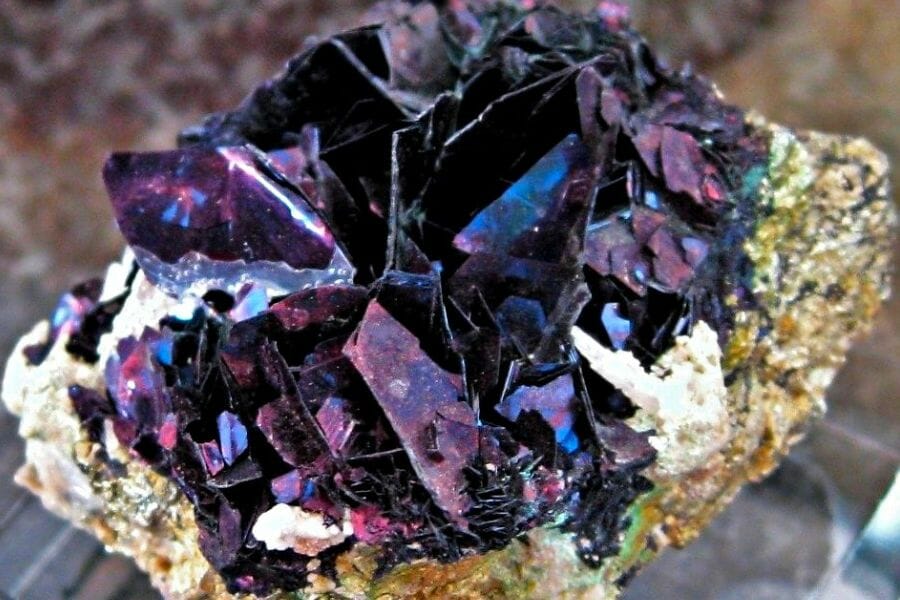Finding crystals can be a rewarding adventure, offering a unique way to explore the natural beauty and geology of the region. Whether you’re a seasoned rockhound or just getting started, knowing where to look is key to uncovering these hidden treasures.
In this state, a variety of locations provide opportunities to discover different types of crystals. From rocky outcrops in the mountains to stream beds that carry sparkling surprises, each area offers its own unique finds for those willing to search.
We can help you get started with some places you can explore for crystals below!
Crystals you can find in the US
The United States offers a wide range of crystals that reflect its diverse geology. From vibrant gems to more subtle mineral formations, there’s something to discover in nearly every region.
Calcite
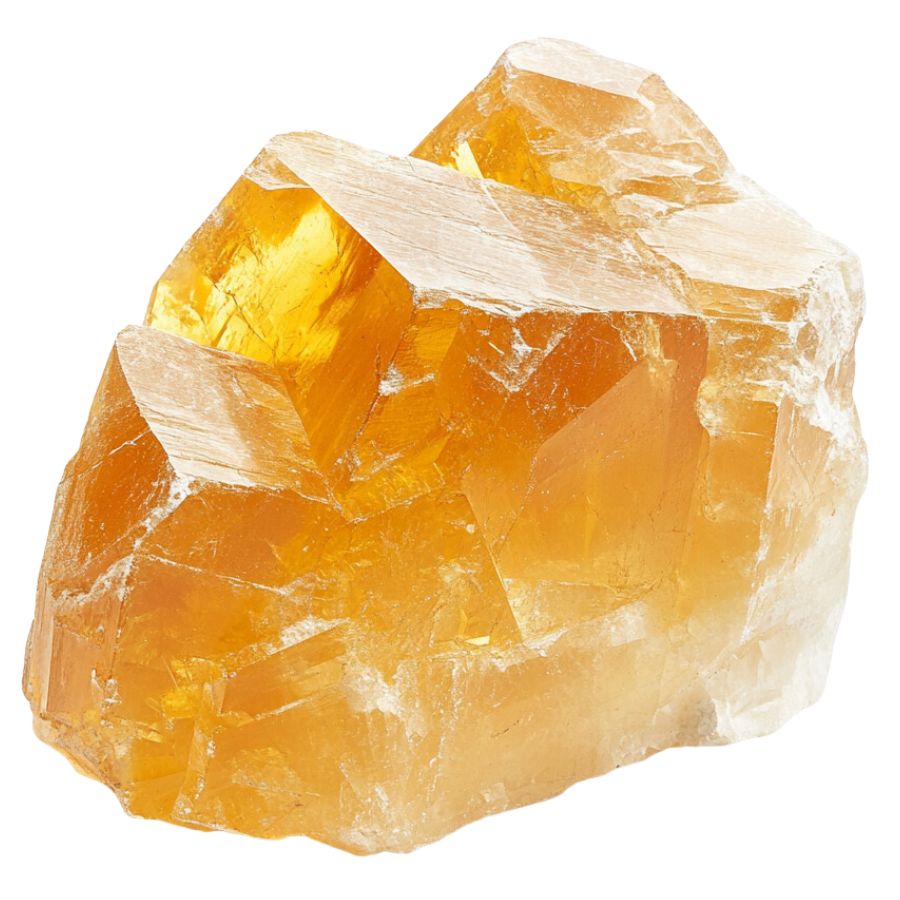
With a variety of forms and a unique property of double refraction, calcite allows objects viewed through the crystal to appear doubled. This mineral can appear in a spectrum of colors, with pure forms typically being transparent or white.
In addition, calcite reacts vigorously with acids, which aids in distinguishing it from other minerals. It also frequently contributes to the structure of sedimentary rocks such as limestone.
Gypsum
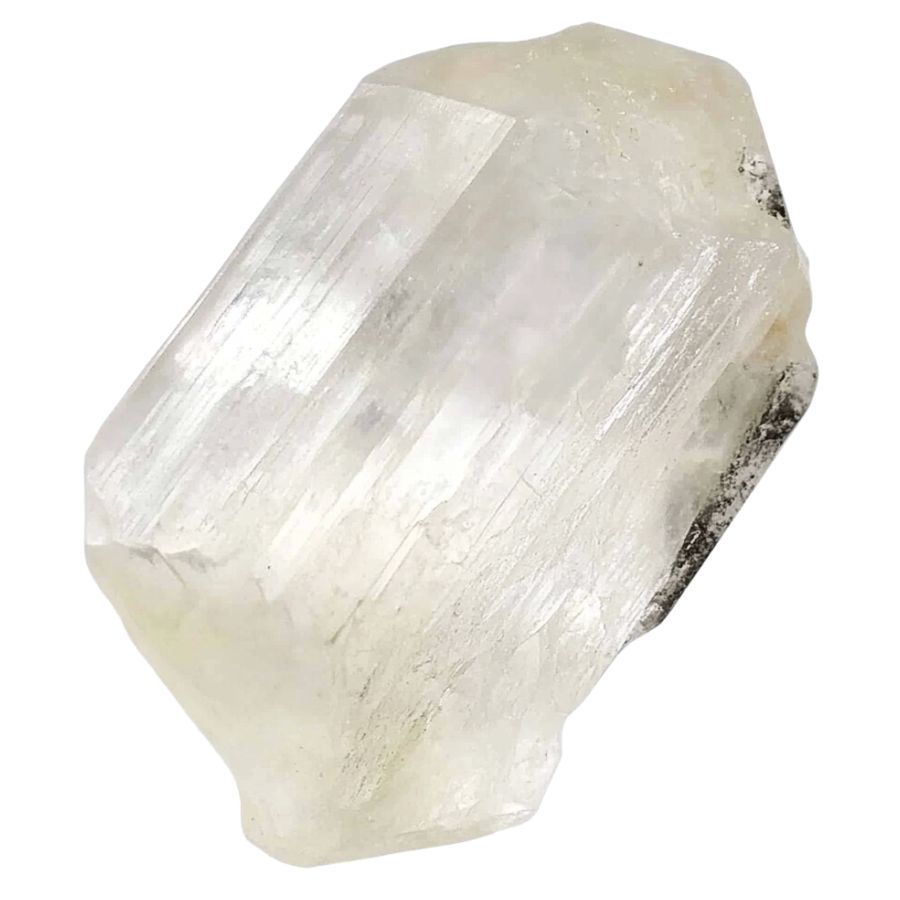
Gypsum’s notable softness allows it to be easily scratched with just a fingernail, often presenting as white or very light-colored in its pure form.
It manifests in both crystalline forms, like selenite, and massive forms such as alabaster, making it versatile in use and appearance.
Gypsum is also essential in the construction industry and is a key component in the manufacture of plaster and drywall.
Fluorite
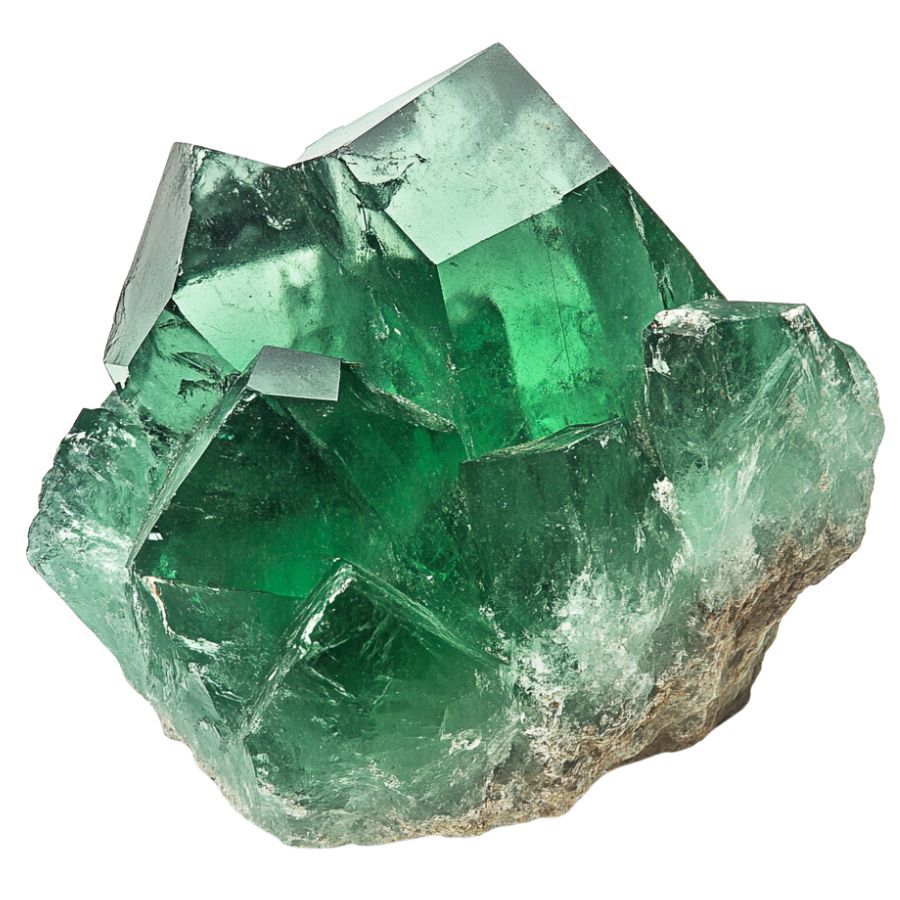
Fluorite comes in a wide range of vibrant colors, including purples, greens, blues, and yellows, and is known for forming in well-defined cubic crystals.
Beyond this, fluorite exhibits fluorescence under ultraviolet light! It can also be used in various industrial applications, including as a flux in steelmaking.
Galena
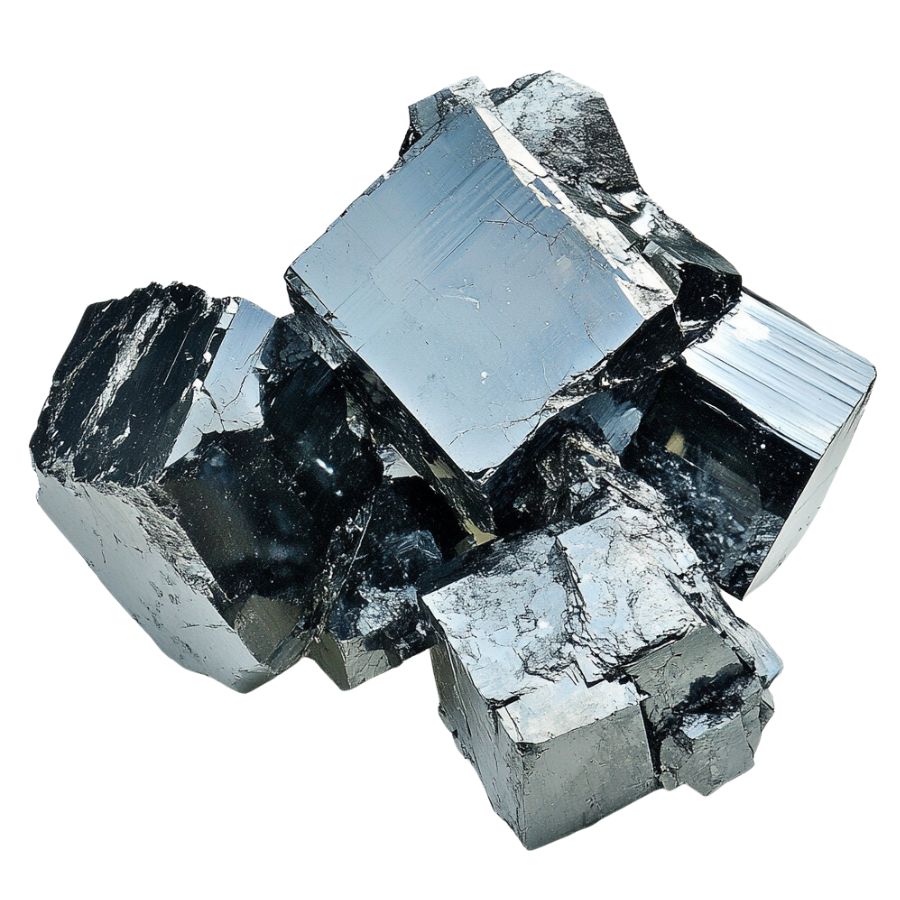
Galena distinguishes itself with a metallic luster and high density, typically found in a cube-like form. It serves as the primary ore of lead, making it important in the metal industry, while its shiny, silver color attracts collectors.
Not only does its appearance make it a subject of interest, but its weight and texture provide tangible lessons in mineral density and metallic properties. Galena also often contains traces of silver, adding to its commercial and educational value.
Corundum
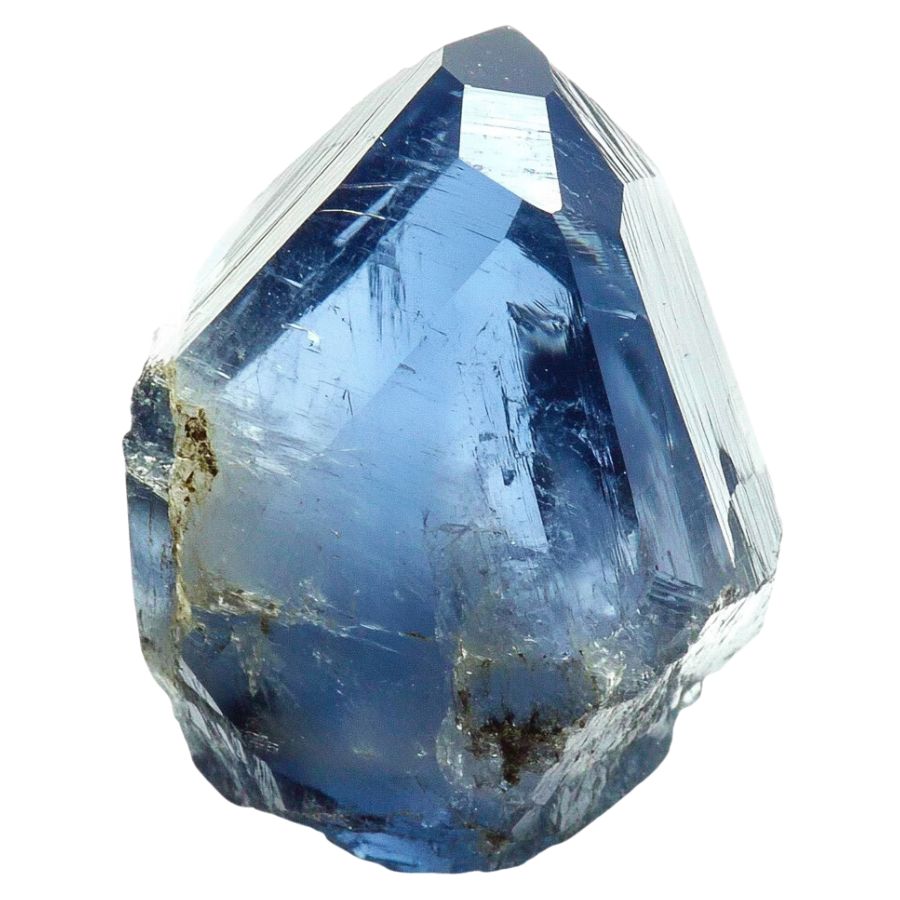
Corundum is a mineral that comes in a variety of colors, though it is typically transparent or gray. Its most famous forms are sapphires and rubies, which are prized for their vibrant blue and red hues.
The mineral is known for its remarkable hardness, ranking just below diamond on the Mohs scale. This durability makes corundum ideal for industrial abrasives and cutting tools, as well as a popular choice for fine jewelry.
Quartz
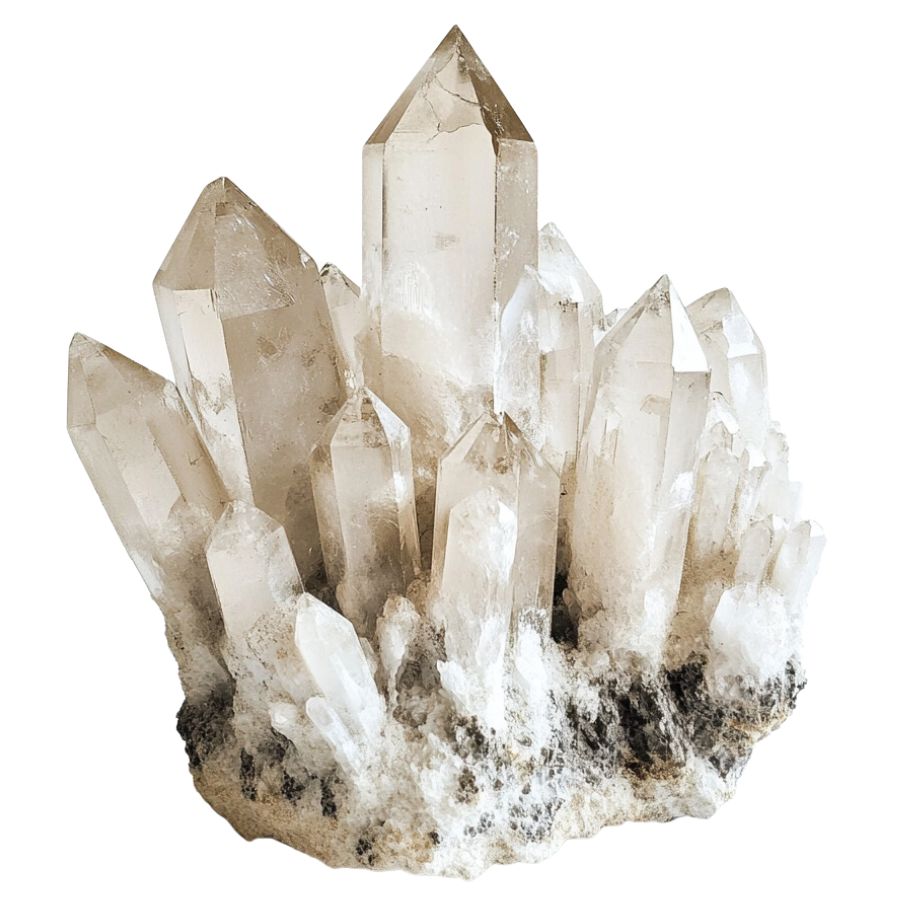
Quartz is among the most common minerals in the Earth’s crust and is prized for its durability and variety. It forms in a wide range of colors and types, from clear rock crystal to purple amethyst.
The mineral is notable for its hardness and durability, which contribute to its use in a variety of applications. Quartz is also popular in the manufacturing of electronics and watches due to its piezoelectric properties, which allow it to convert mechanical pressure into electrical energy.
Pyrite
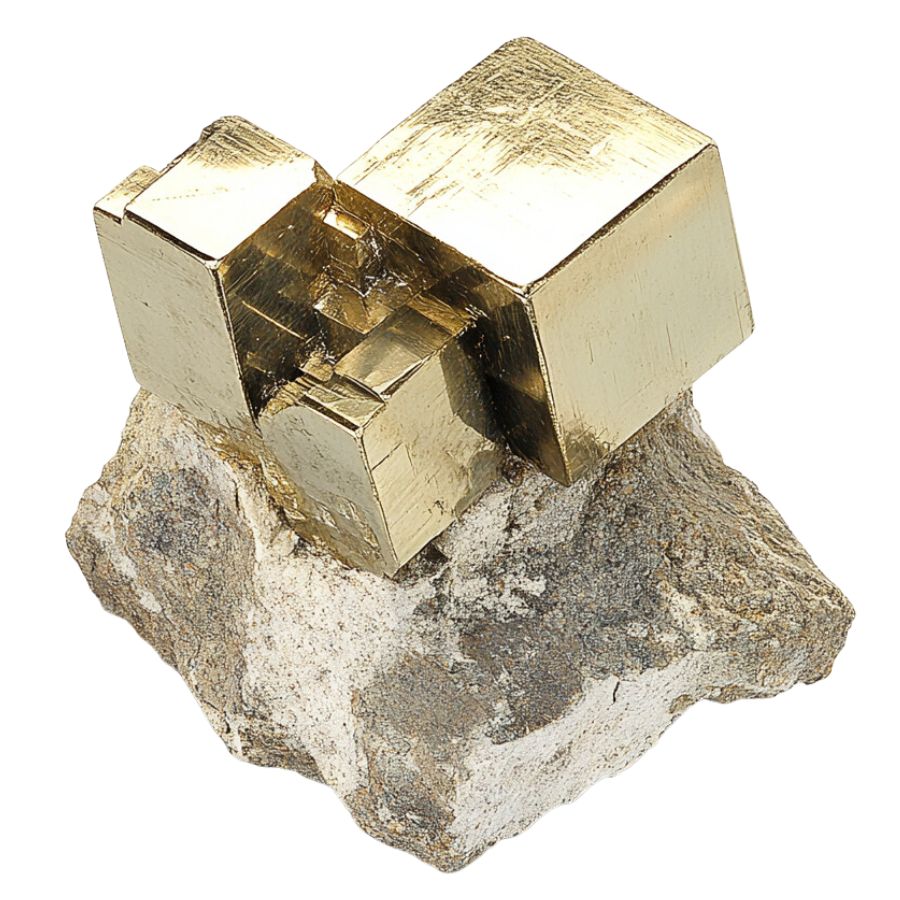
Often mistaken for gold due to its metallic luster and pale brass-yellow hue, pyrite is known colloquially as “fool’s gold.” Its characteristic cube-shaped crystal formations look man-made but are actually completely naturally formed!
Pyrite also has historical importance in producing sulfur dioxide for sulfuric acid production.
Rhodochrosite
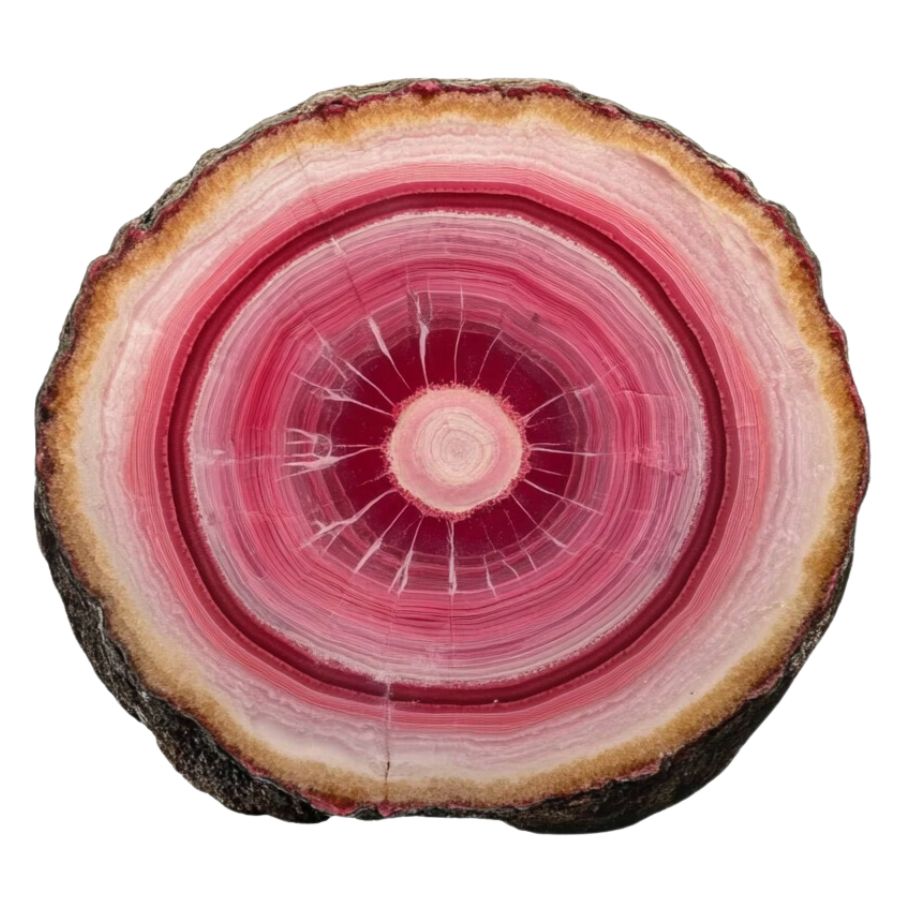
Rhodochrosite stands out with its rich pink and red hues, making it highly desirable as both a mineral specimen and a gemstone.
It typically forms in layered or stalactitic structures, with bands of colors that showcase how it grew over millions of years.
Beyond its beauty, rhodochrosite is significant as the main source of manganese, an essential element used in metal alloys.
Rhodonite
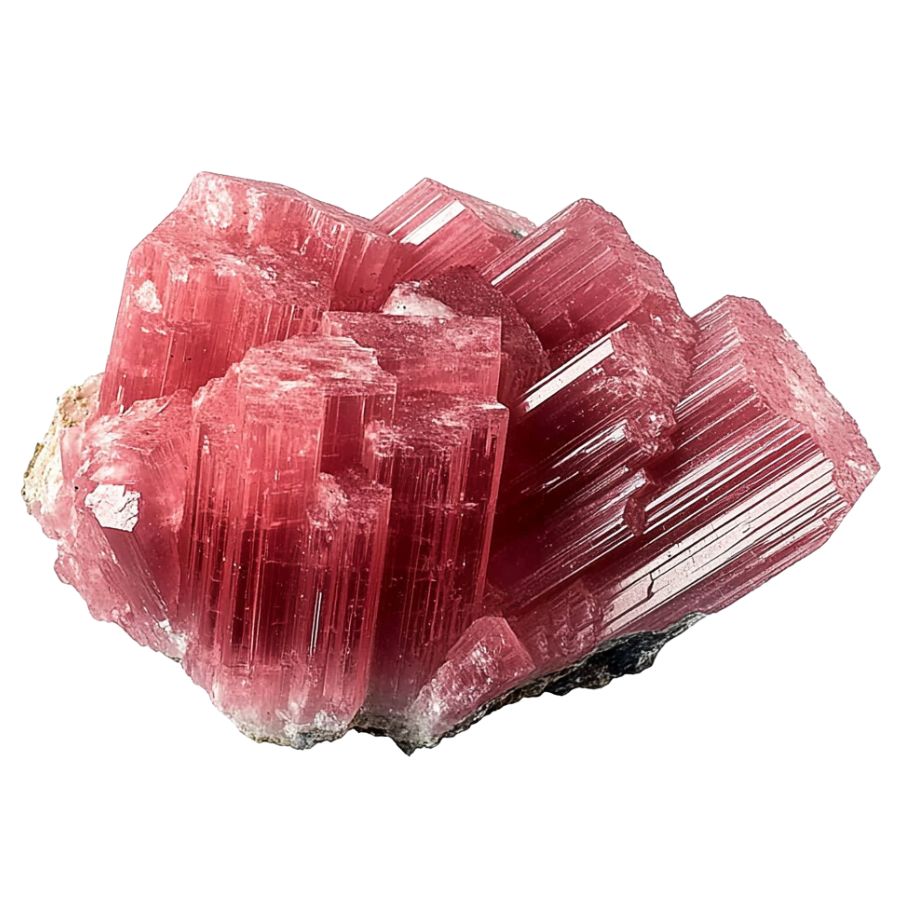
Appreciated for its deep pinks and reds, often complemented by black manganese oxide veins, rhodonite presents a dramatic appearance. It is typically found in metamorphic rocks and is used both as an ornamental stone and in jewelry.
In geology, rhodonite is significant for its role in metamorphic processes and its association with other manganese-rich minerals. It can be found in metamorphosed sedimentary rocks and is sometimes used as an indicator of the presence of manganese deposits.
Vivianite
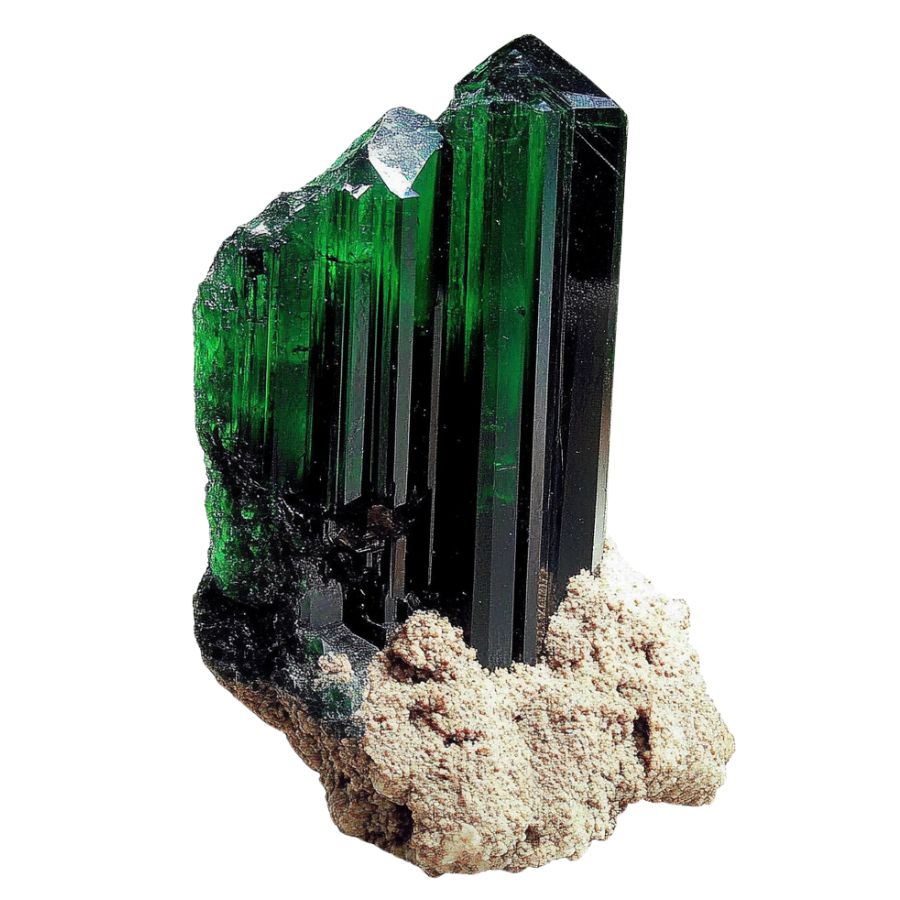
Vivianite, an iron phosphate mineral, emerges in low-oxygen environments like peat bogs or iron-rich deposits. Its striking blue to green color, which can change to a lighter shade over time due to oxidation, makes it a distinctive mineral.
Found in various geological settings, vivianite provides clues about the local conditions and the presence of phosphate deposits.
The Types of Missouri Crystals You Can Find
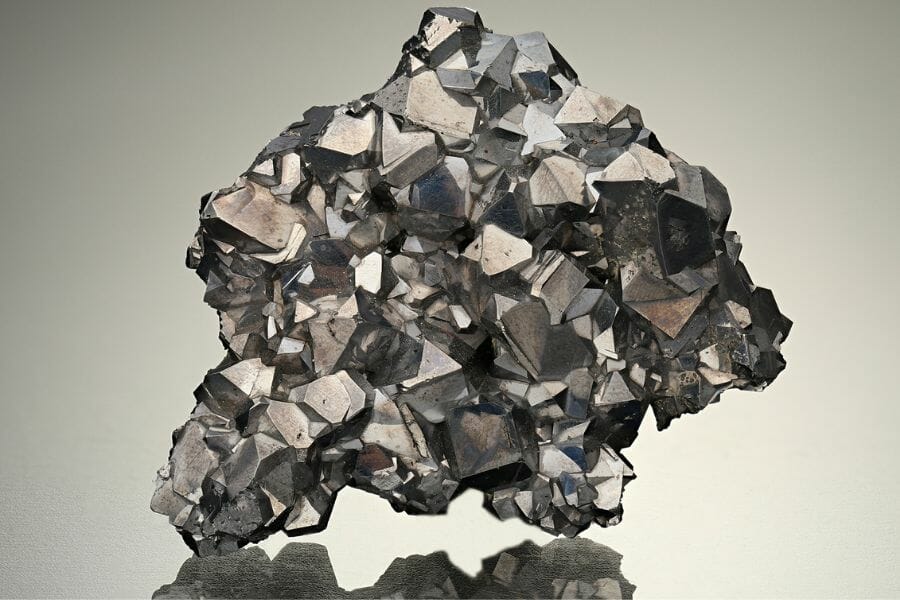
Often admired for their unique shapes, colors, and ability to refract light, Missouri crystals are found in several locations. But before you visit any of these places, you may want to know first what kinds of crystals you might find there. Here’s a great list of the crystals our state boasts of having:
Rare crystals found in Missouri
- Apatite
- Aragonite
- Covellite
- Galena
- Muscovite
- Tourmaline
More common crystals found here
- Agate
- Azurite
- Amethyst
- Calcite
- Chalcedony
- Chalcopyrite
- Copper
- Epidote
- Fluorite
- Garnet
- Hematite
- Jasper
- Marcasite
- Malachite
- Opal
- Pyrite
- Quartz
- Rutile
What rough crystals look like
When you’re out looking for crystals on your own it’s important to know what you’re looking for. This is what you need to look out for:
Look for exteriors like this
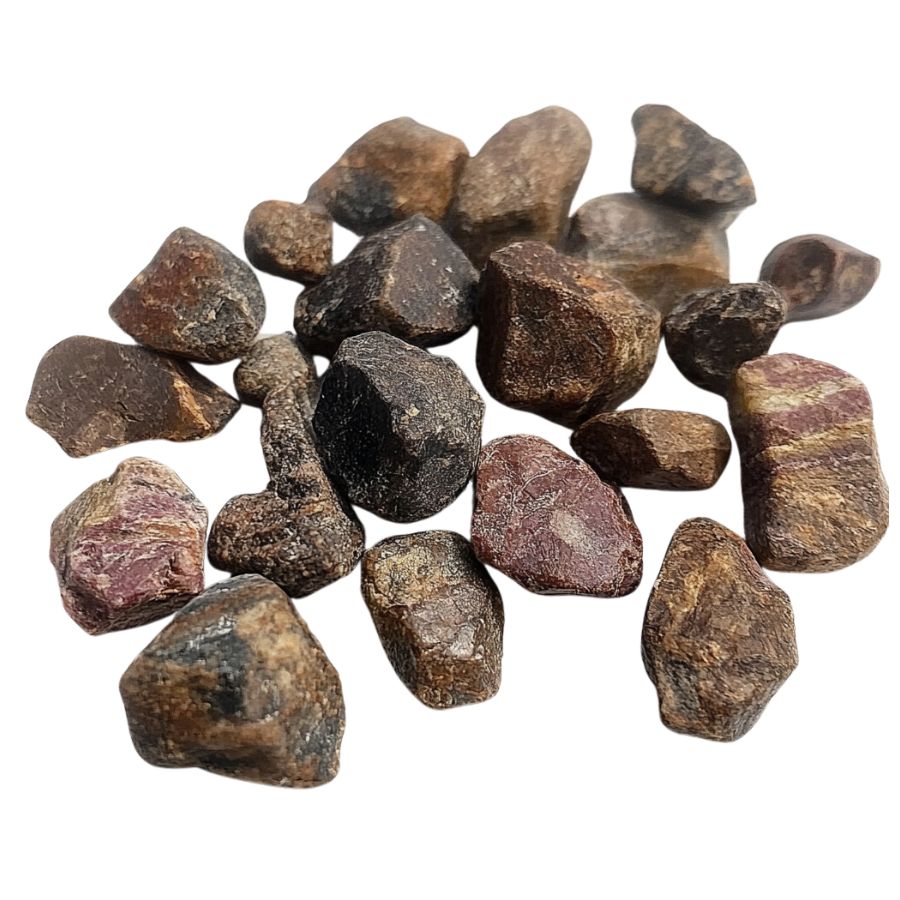
When you’re out searching for crystals in the wild, it’s essential to keep in mind that what you find won’t look like the polished stones you see in stores. One important tip is to consider what certain crystals look like in their raw, natural form.
Without the shine and smooth finish, crystals might appear rough, with jagged edges or earthy tones masking their true beauty. Understanding this can help you spot potential finds that might otherwise be overlooked.
Examine the crystal structure and shape
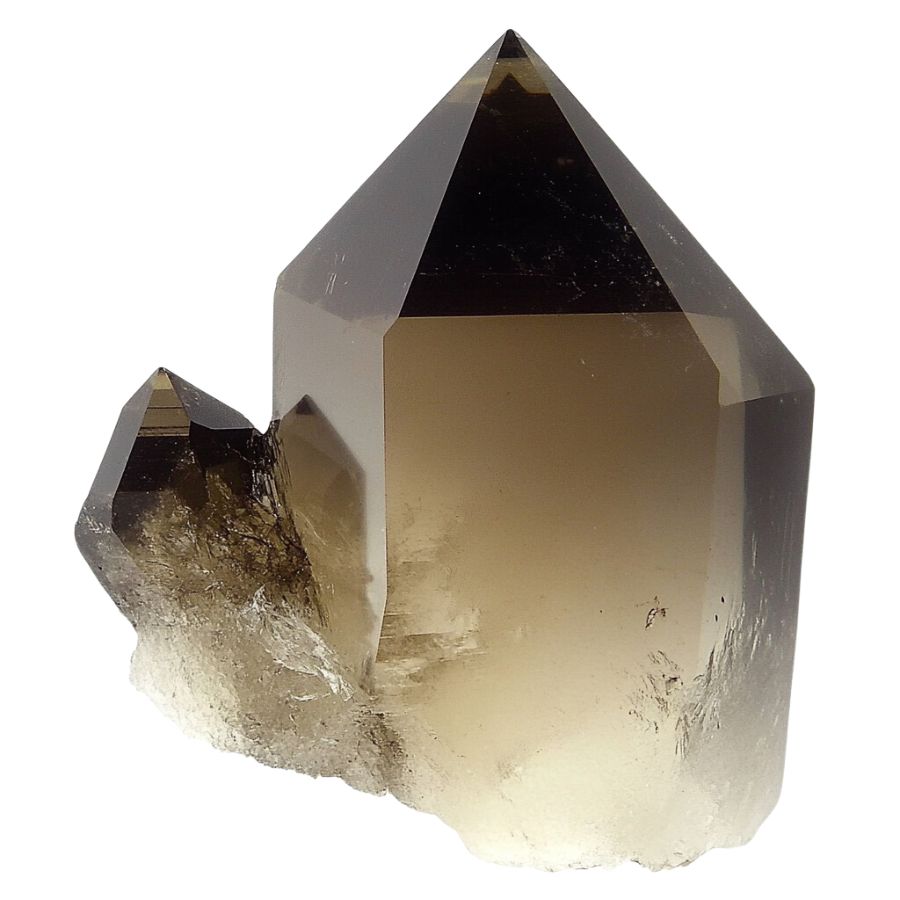
Crystals often form in specific geometric patterns that can be key to identifying them. For example, quartz is known for its hexagonal prisms, while halite typically forms cubic shapes.
By recognizing these distinct patterns, you can differentiate between various types of crystals and better understand what you’ve found.
Observe color
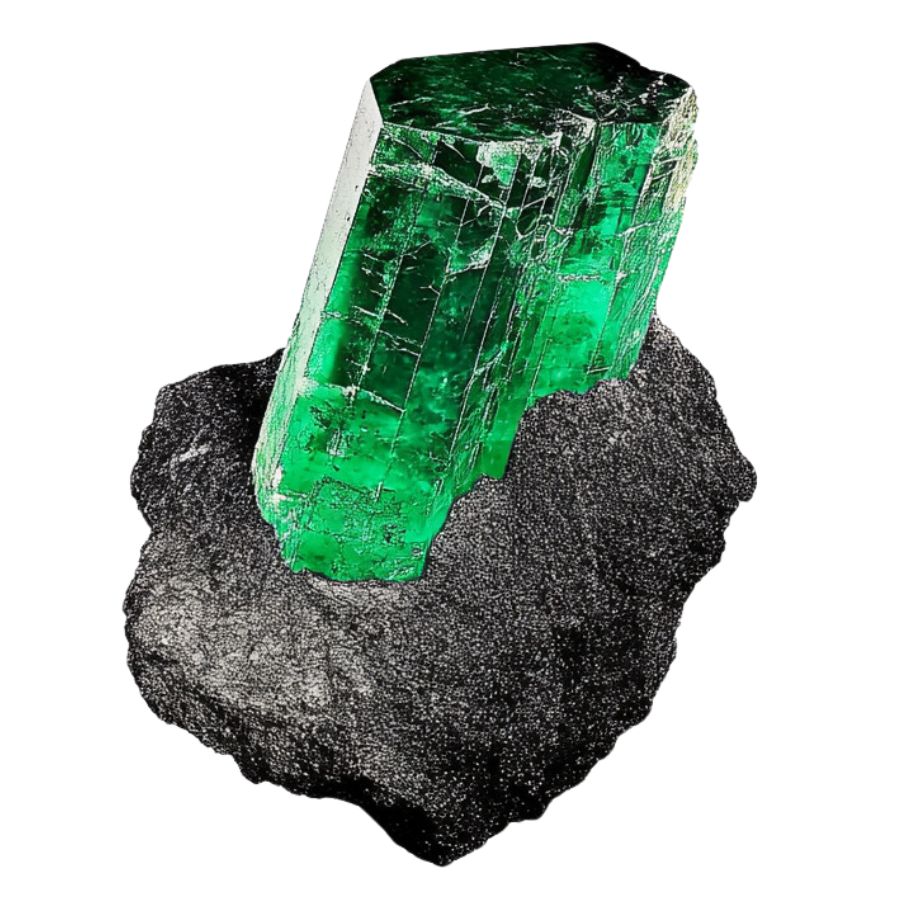
Some crystals are known for their distinct hues, like the deep purple of amethyst or the vibrant green of emerald. However, not all crystals will have strong colors; some may be clear or only slightly tinted.
Check the luster
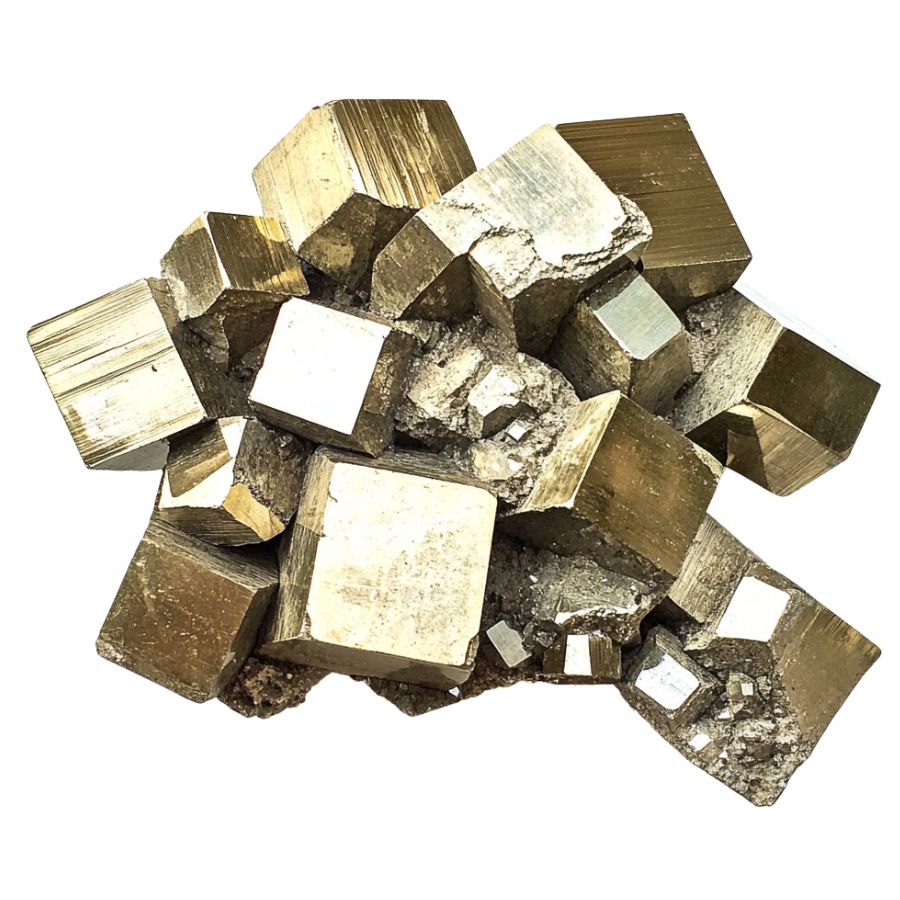
Luster refers to how a crystal’s surface interacts with light. Some crystals might have a shiny, glassy luster, while others may appear metallic or dull. This characteristic can help you determine the type of crystal you’ve found.
However, it’s important to remember that luster isn’t always obvious right away. In some cases, a crystal’s true luster will only become apparent after it’s been cleaned or polished, so keep this in mind as you examine your finds.
Evaluate the transparency
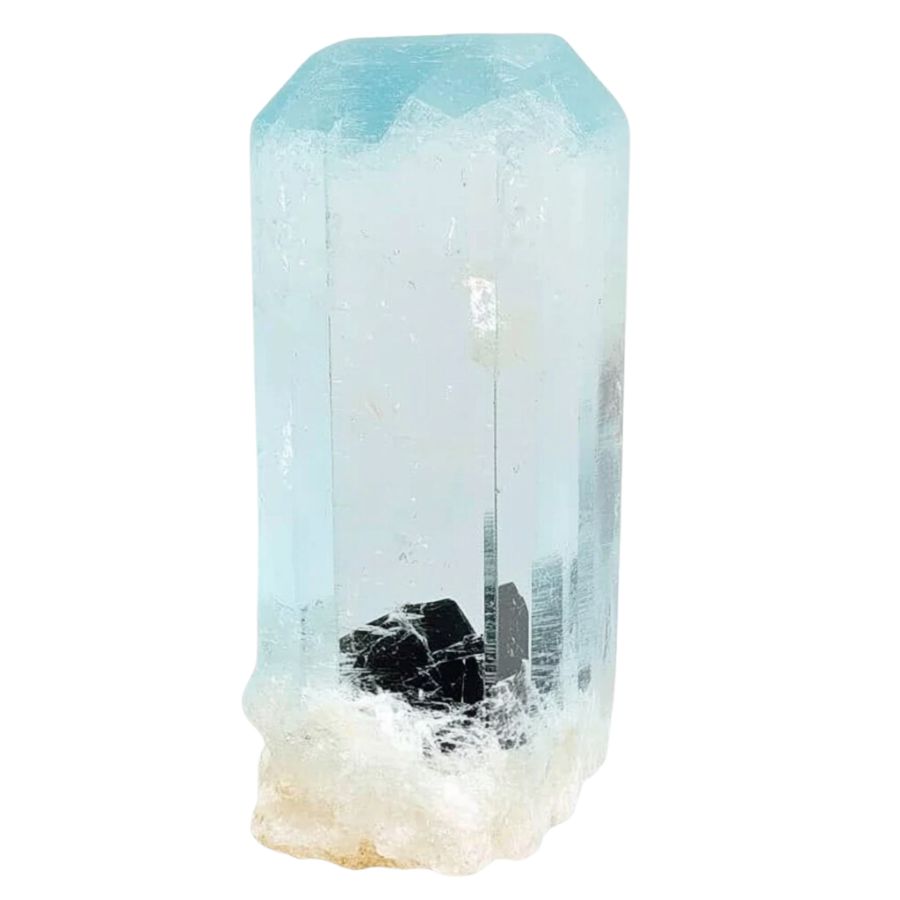
Pay close attention to how much light passes through the crystal. Some crystals are completely clear, allowing light to pass through easily, while others may be opaque and block light entirely.
You might also encounter crystals with translucent edges but opaque centers. These variations in transparency can offer valuable clues about the type of crystal you’ve found, making it easier to identify and appreciate your discovery.
A Quick Request About Collecting
Always Confirm Access and Collection Rules!
Before heading out to any of the locations on our list you need to confirm access requirements and collection rules for both public and private locations directly with the location. We haven’t personally verified every location and the access requirements and collection rules often change without notice.
Many of the locations we mention will not allow collecting but are still great places for those who love to find beautiful rocks and minerals in the wild without keeping them. We also can’t guarantee you will find anything in these locations since they are constantly changing.
Always get updated information directly from the source ahead of time to ensure responsible rockhounding. If you want even more current options it’s always a good idea to contact local rock and mineral clubs and groups
Tips on where to look
Having a better idea of where to look can greatly narrow down your search and increase your chances of finding crystals. By focusing on environments where crystals are likely to be exposed, you can spend less time searching and more time discovering.
Outcrops and Exposed Rock
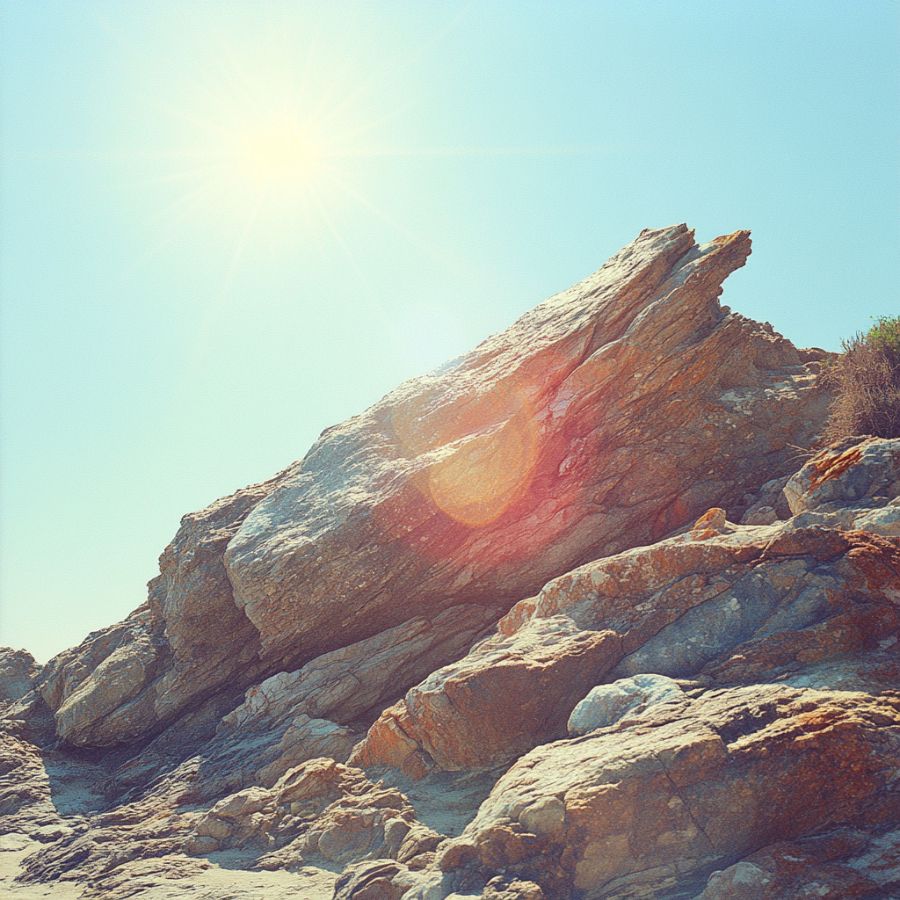
Rocky outcrops are prime locations for finding crystals and minerals. Search along the edges of outcrops, particularly where erosion has worn away the surrounding soil, revealing the rock underneath.
Pay close attention to any visible cracks, crevices, or small cavities within the outcrop, as these are often where crystals develop and can be extracted with minimal effort.
Stream Beds and Gravel Deposits
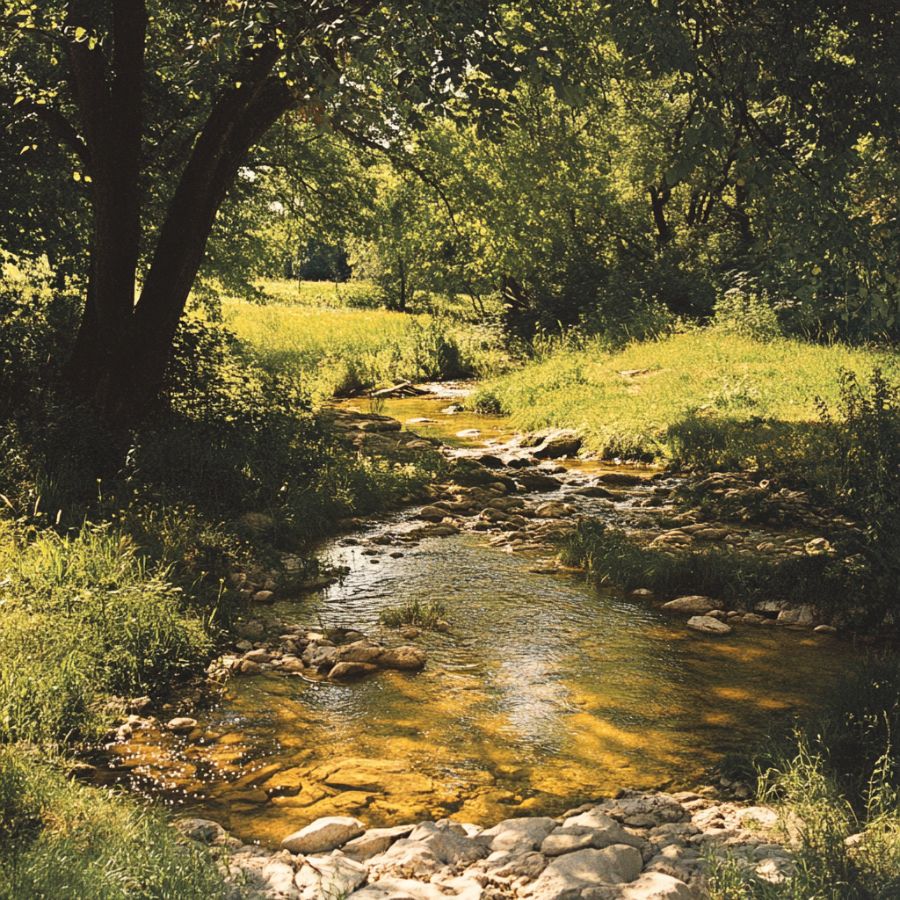
Stream beds are dynamic environments where water flow constantly shapes the landscape. Over time, water can erode rocks upstream, breaking them down and carrying mineral fragments, including crystals, downstream.
When searching in these areas, look for spots where the current has slowed, such as bends in the stream or areas behind large rocks, as these are prime locations for deposits.
Quarries and Mines
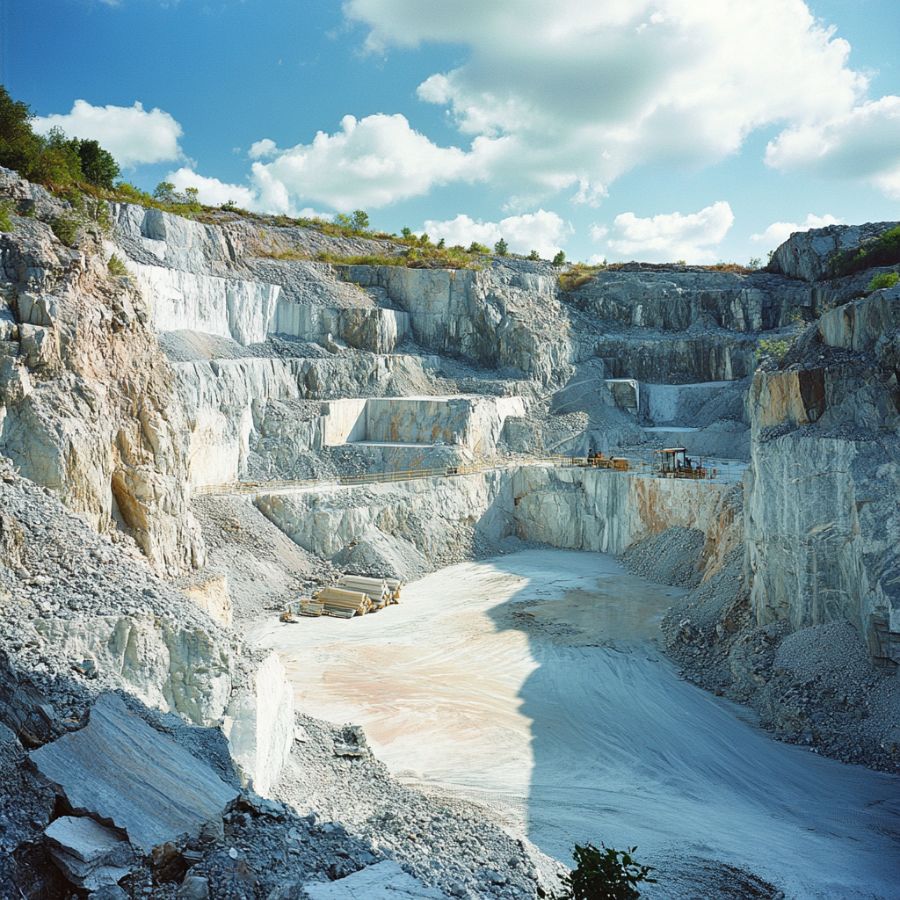
Quarries and mines are excellent places to search for crystals because they expose deep layers of rock that would otherwise be hidden beneath the surface. These sites often contain a variety of minerals and crystals that have been brought to the surface during excavation.
Pay attention to tailings piles, where waste rock is discarded, as they often contain overlooked or broken crystals. Always prioritize safety when exploring these areas and ensure that you have permission to search.
Road Cuts and Construction Sites
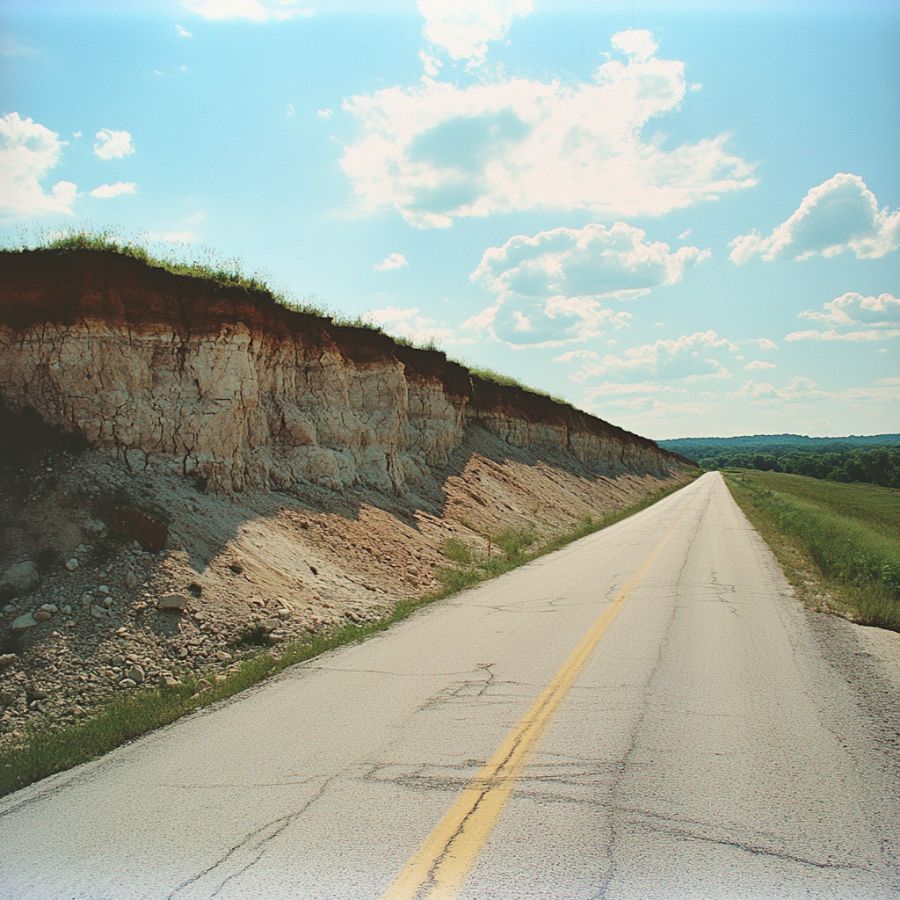
As roads are cut through hillsides or construction projects dig deep foundations, layers of rock and soil that have been undisturbed for millions of years are suddenly exposed.
Look for freshly exposed rock faces, especially where blasting has occurred, as this can create fissures or expose pockets filled with crystals. Be cautious around active construction sites, and always seek permission before exploring.
Mountainous Areas

In mountainous regions, erosion caused by wind, rain, and ice can wear away the softer rock, exposing harder crystals that have formed within. Focus on weathered and broken rock formations.
Look for scree slopes, where loose rock has accumulated at the base of cliffs. Additionally, areas near fault lines or volcanic vents are particularly promising, as they often have a higher concentration of minerals.
DON'T MISS OUT ON ANY GREAT FINDS!
While you're out searching for Crystals you're going to find A LOT of other interesting rocks and minerals along the way. The last thing you want to do is toss out something really interesting or valuable. It can be easy to misidentify things without a little guidance.
We've put together a fantastic field guide that makes identifying 140 of the most interesting and valuable rocks and minerals you will find REALLY EASY. It's simple to use, really durable, and will allow you to identify just about any rock and mineral you come across. Make sure you bring it along on your hunt!
Missouri Crystal Mining Laws And Regulations
If you follow the local state collecting laws of Missouri, especially the ones implemented by the Missouri Department of Natural Resources (DNR), you will have no legal issues or problems crystal mining here.
Primarily, make sure to obtain any necessary permits or permissions from concerned government offices and private individuals, such as the owner of any private land you’re planning to explore.
Also, respect any restrictions in place to protect the environment and biodiversity of the area. Remember, by practicing responsible crystal hunting, you are helping make this activity sustainable here for years to come.
- The extensive local experience and understanding of our team
- Input from multiple local crystal hunters and crystal collecting groups
- The accessibility of the crystal mining locations
- Safety and potential hazards when collecting
- Private and public locations
- A desire to include locations for both experienced crystal hunters and those who are just starting out
Using these weights we think we’ve put together the best list out there for those who love finding new crystals for our collections!
The Best Locations For Crystal Mining in Missouri
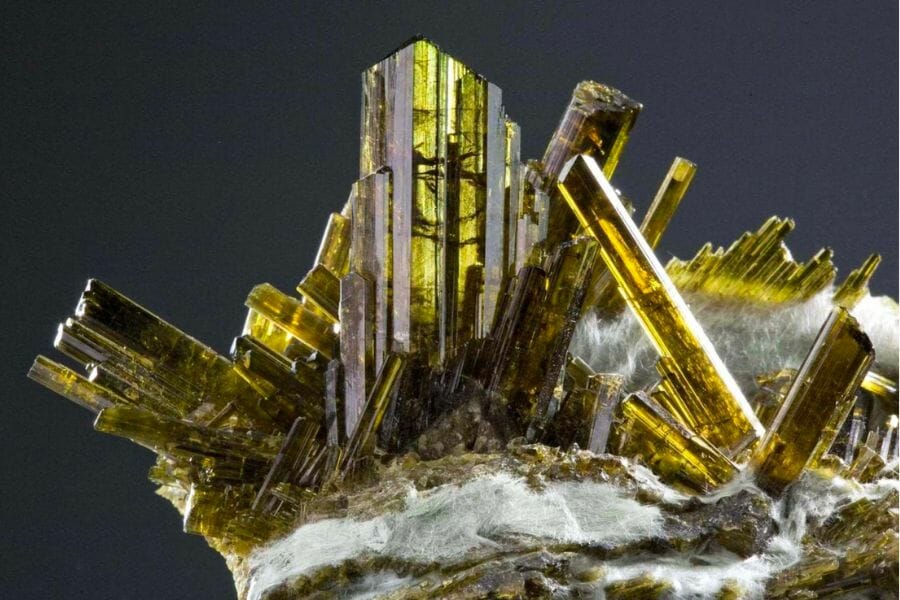
First, we’ll share with you our top recommended crystal mining sites here. We had the best of time and luck locating these natural wonders in these places:
Always Confirm Access and Collection Rules!
Before heading out to any of the locations on our list you need to confirm access requirements and collection rules for both public and private locations directly with the location. We haven’t personally verified every location and the access requirements and collection rules often change without notice.
Many of the locations we mention will not allow collecting but are still great places for those who love to find beautiful rocks and minerals in the wild without keeping them. We also can’t guarantee you will find anything in these locations since they are constantly changing.
Always get updated information directly from the source ahead of time to ensure responsible rockhounding. If you want even more current options it’s always a good idea to contact local rock and mineral clubs and groups
Grindstone Creek
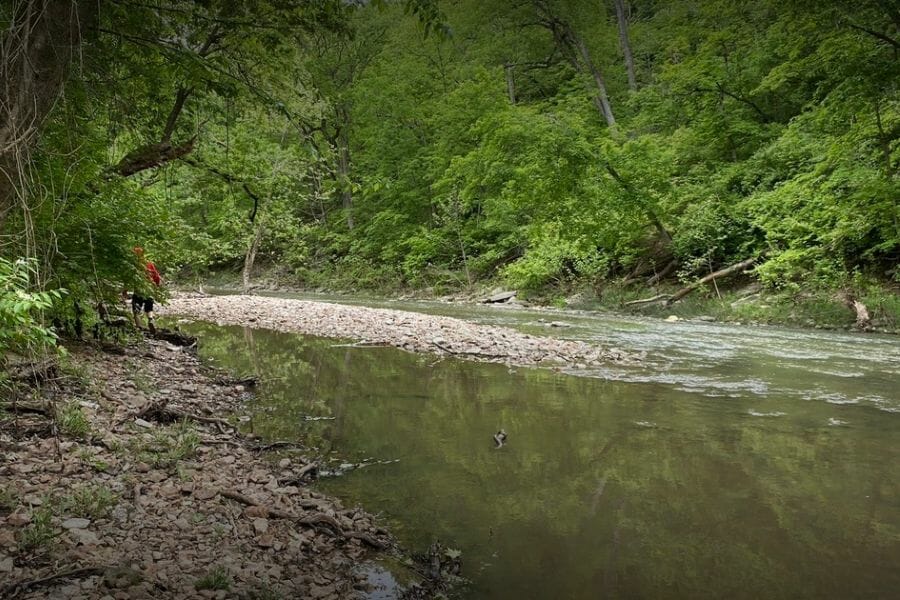
2011 Old 63 S. Columbia, MO 65201
Located near Columbia, Grindstone Creek was once a popular spot for Native American tribes to gather and trade minerals. Today, it’s a popular destination for rockhounds looking for crystals.
Flowing through a forested area with exposed rock formations, the creek and its surrounding areas are rich with different crystals. What’s best is that the creek is shallow and slow-moving, making it easy to navigate while searching for crystals.
When you visit Grindstone Creek, be sure to bring a sturdy rock hammer, chisels, and eye protection. You’ll also want to dress for the weather and wear sturdy shoes for hiking around it.
Where we found crystals around the Grindstone Creek
You can find the best samples of brown and white Calcite crystals if you explore the coal measures in the northwest portion of Grindstone Creek. Read our pricing guide if you’re wondering how much are crystals worth.
DON'T MISS OUT ON ANY GREAT FINDS!
While you're out searching for Crystals you're going to find A LOT of other interesting rocks and minerals along the way. The last thing you want to do is toss out something really interesting or valuable. It can be easy to misidentify things without a little guidance.
We've put together a fantastic field guide that makes identifying 140 of the most interesting and valuable rocks and minerals you will find REALLY EASY. It's simple to use, really durable, and will allow you to identify just about any rock and mineral you come across. Make sure you bring it along on your hunt!
Chariton River
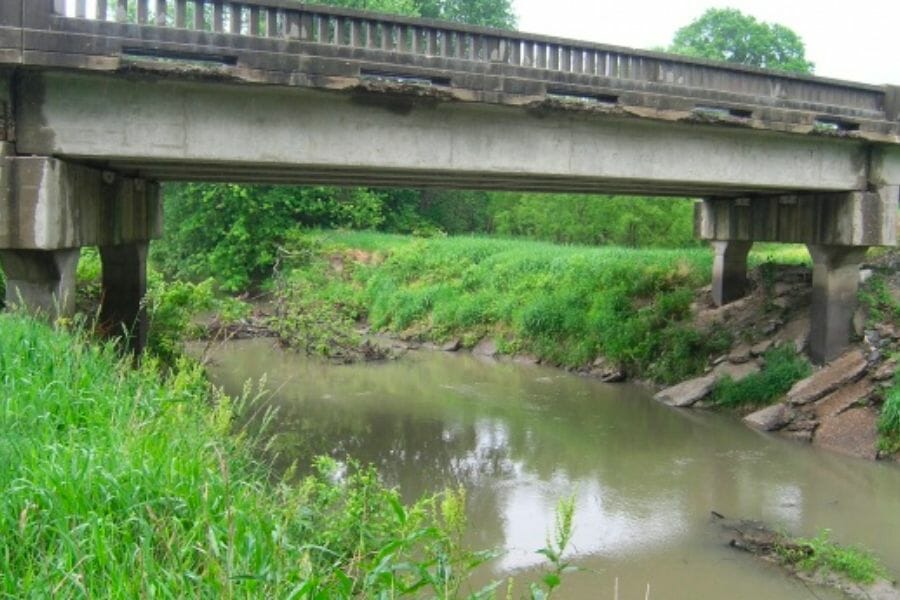
Chariton County, MO
The Chariton River has a rich history of being a valuable resource for early settlers. It’s been used for transportation, irrigation, and even powering mills. Today, it’s become a popular spot, not only for the usual outdoor recreation, but also for crystal hunting opportunies.
This location is known for its gravel bars that have been formed by the river’s flow over time, which has created an ideal environment for crystals to form and settle. And the best news is that the gravel bars are easily accessible and visible, so even beginner rockhounds can have success here.
If you want to visit here, be ready with the proper tools and equipment to find crystals. More importantly, be prepared to have an awesome crystal hunting adventure that you will remember for a lifetime!
Where we found crystals at Chariton River
We successfully found samples of Calcite and Quartz crystals in the Chariton River 2 miles north of the Macon County line, so we highly recommend you visit it, too.
Cole County
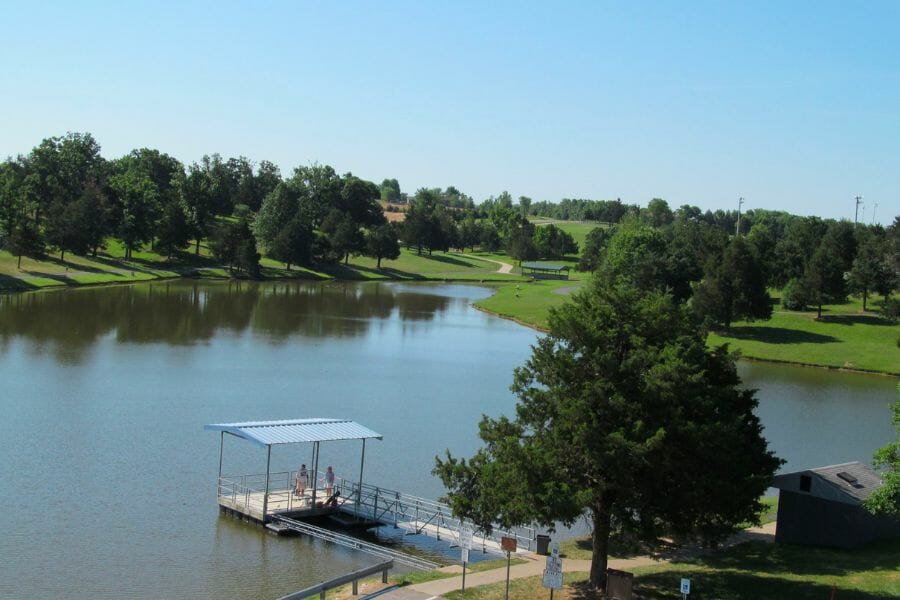
Cole County, MO
Located in central Missouri, Cole County has a rich history of mineral mining. In fact, its state capital of Jefferson City iwas once a hub for lead and zinc mining. Today, the area is home to several abandoned mines and quarries that are popular spots for crystal hunting.
The terrain in this county is hilly and rocky, which provides an ideal environment for crystals to form and settle. Some of the most popular spots for crystal hunting in Cole County include the Brewer Quarry and the Bonnots Mill Cave.
Since the area has a rich history of mineral mining, there are plenty of spots to search for crystals here. Additionally, its rocky terrain makes for a picturesque location to enjoy while you search for treasures. And, since Cole County is located in the heart of Missouri, it’s easily accessible from many parts of our state.
Where we found crystals at Cole County
There are a handful of different crystals you can find in this county: Calcite, Chalcopyrite, Hematite, Galena, Malachite, Pyrite, Quartz crystals and more if you explore the many regional mines here.
Rueppele Mine
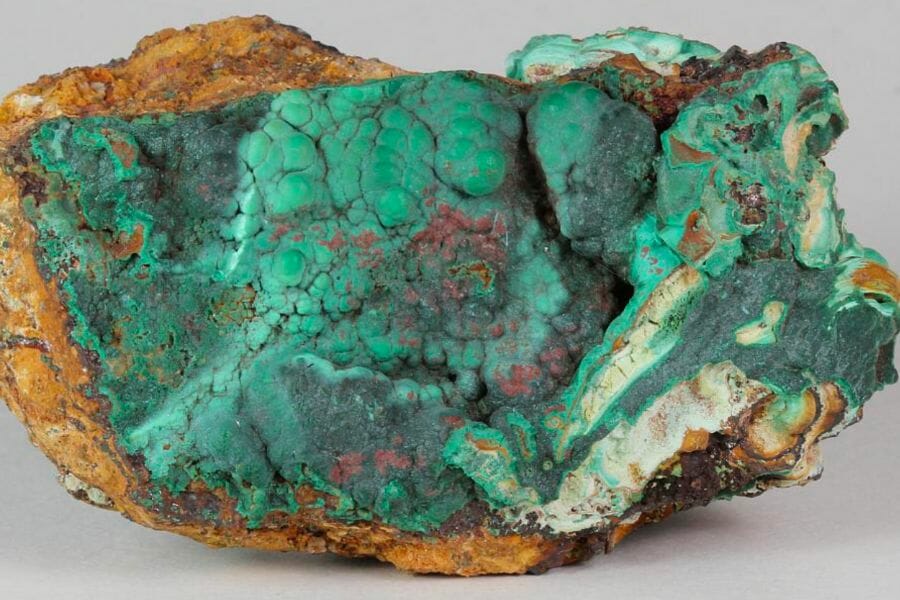
Stanton, Franklin County, MO
Rueppele Mine is located in Maries County and was once a working lead mine in the late 1800s. While it’s is no longer in operation, it’s become a popular spot for rockhounds to search for crystals. The terrain around the mine is hilly and rocky, which provides an ideal environment for crystals to form and settle.
With its rich history of lead mining, the Rueppele Mine has plenty of pockets to search for crystals.Being in a more remote part of our state, you’ll also likely have a more peaceful and quiet rockhounding experience here.
Overall, the Rueppele Mine is a must-visit for crystal hunting here in Missouri!
Where we found crystals in Rueppele Mine
Since this is a mine, if you’re here, there’s a high chance you’re already near a crystal! Some of the best ones you can find are Amethyst, Azurite, Copper, Hematite, Marcasite, Pyrite, and Quartz crystals.
Our Other Favorite Places For Crystal Hunting
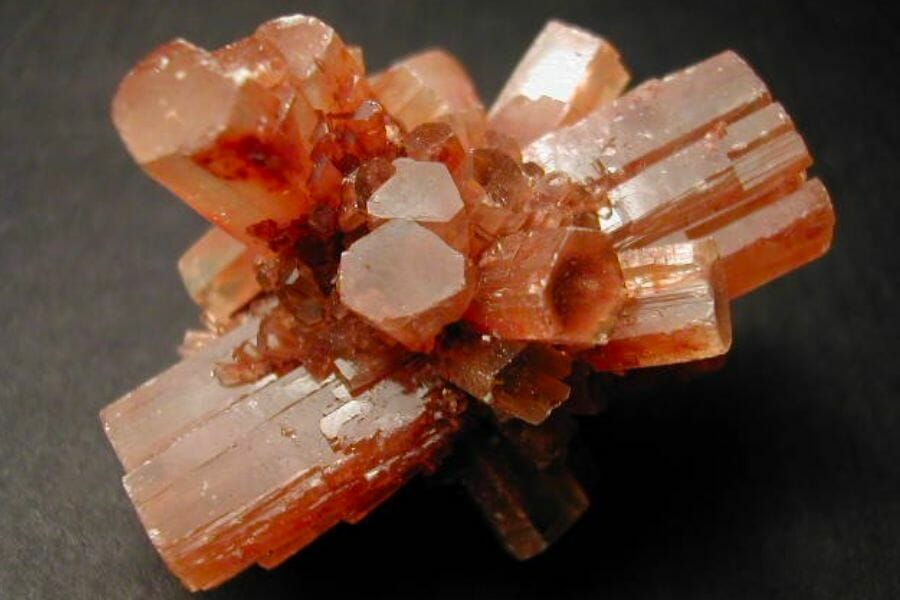
It’s no secret that our state is rich with different natural wonders, so it should come as no surprise that there are plenty other great places to do crystal hunting here. Some of these are also great places to find geodes in Missouri:
Where you can find crystals for free in Missouri
More often than not, the best places where you can find crystals require some fee. But there are plenty others where you don’t have to spend a dime. Here are some of them:
| County | Location |
| Adair | In the Chariton River, 2 miles north of the Macon County line |
| Bollinger | All county gravel pits, road cuts, excavations extending east through Cape Girardeau County to the Mississippi River |
| Dent | A filled sink deposit just southwest of Simmons Mountain |
| Henry | At the Warsaw quarry |
| Jackson | McClain quarry, at 63rd St. and Hwy. 350 in the Westerville |
| Knox | Kelly Lime-Rock quarry |
| Lincoln | South on Highway 61 at the Magruder Quarry |
| Maries | A filled sink iron deposit in Vienna |
| Ralls | At the Atlas cement quarry, south of town |
| St. Charles | In the limestone of the Defiance Quarry |
| Wayne | Shook Stone quarry |
Other great places to dig for crystals
If you’re open to pay a few bucks to find crystals, below is a list of some of the best pay-to-dig mines here. Remember, these fees may vary depending on the season (on some occasions, they might even be free!) so reach out first before heading out.
| County | Location |
| Buchanan | At the Eighty-Nine Mine and Sweetwater Mine |
| Cole | Regional mines, especially the Boaz, Old Circle and Eureka mines |
| Franklin | Area mines of Leslie, Morrelton, Saint Clair, and Sullivan |
| Greene | Area old mines east and west of town in Springfield |
| Howell | Laswell mine, near Summit Ave. and Canterbury Ave. |
| Iron | Magmont Mine and Buick Mine |
| Jasper | All great regional mines |
| Lawrence | Aurora Mining District area deposits and mines |
| Miller | At the Bolin Creek Mine |
| Phelps | At the Moselle Iron Mine and Buckland Mine |
| Texas | The Murphy barite mine, west of town |
The Best Crystal Shops In Missouri
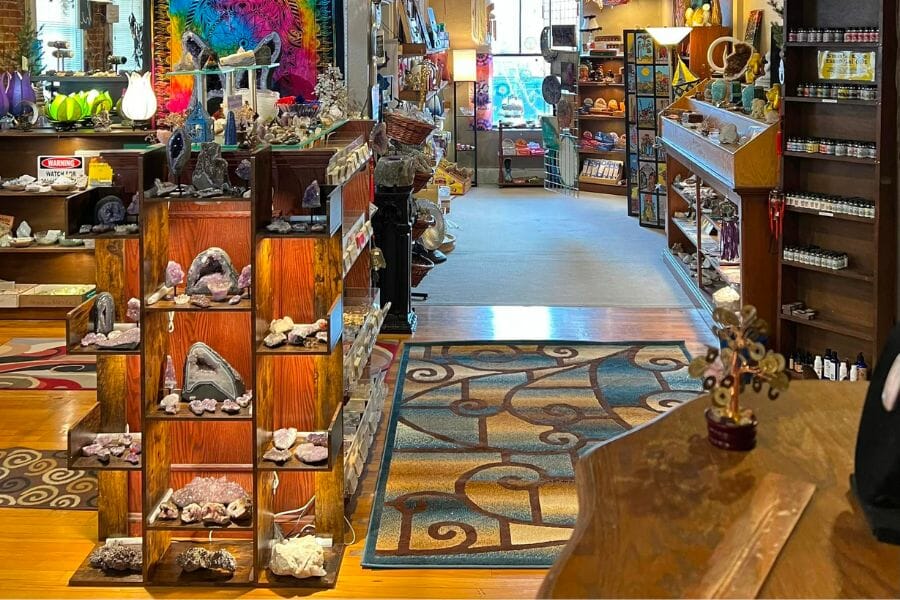
In many cases, finding crystals is no easy feat— it requires tons patience and hard work. If you’re somebody who prefers to go the easy, but surefire way to take home Missouri crystals, your best bet is by visiting the local crystal shops here. Check these out!
- Prospectors Crystals, Rocks & Gift Shop – 1640 Gravois Rd, High Ridge, MO 63049
- STL Rocks – 2003 Cherokee St, St. Louis, MO 63118
- Fall Creek Rock Shop – 11010 Dillon Outer Rd, Rolla, MO 65401
- Ashley Fay Crystals – 7574 MO-266, Springfield, MO 65802
- Blue Lavender Sky – 1462 N Grant Ave, Springfield, MO 65802
- Pathways – 11419 Concord Village Ave, St. Louis, MO 63123
- White Light Crystal Shoppe – 115 E Gregory Blvd, Kansas City, MO 64114
- Enchanted Attic – 304 S Main St, St Charles, MO 63301
- One Of A Kind – 1819 W 76 Country Blvd Suite E, Branson, MO 65616
- Spectrum A New Age Shop – 7827 N Oak Trafficway, Kansas City, MO 64118
Additional places to find crystals in nearby states
If you’ve already tried all of our recommendations above or are planning a trip out of the state, you should check out our guides for neighboring states:
- Crystals in Iowa
- Crystals in Illinois
- Crystals in Kentucky
- Crystals in Tennessee
- Crystals in Arkansas
- Crystals in Oklahoma
- Crystals in Kansas
- Crystals in Nebraska
If you have any recommendations we haven’t covered, please leave them in the comments below!

